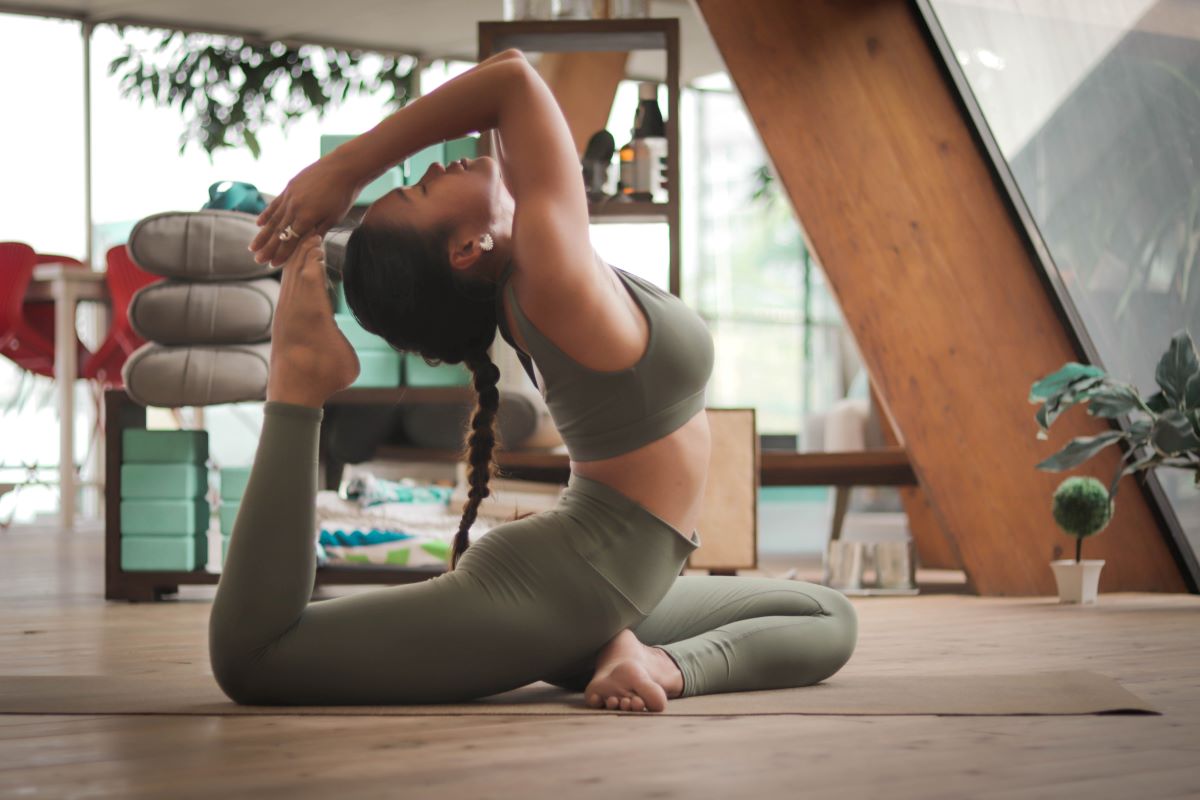Yoga at your home subdivision in Cavite is a practical and personalized way to include this ancient practice into your daily life. Establishing a home yoga practice, whether people are novice or experienced yogis, allows them to create an environment that meets their requirements and interests.
Practicing yoga at home is a great way to relax and it offers flexibility in choosing session time, duration, and intensity. People can tailor their practice to their schedule and focus on specific areas of interest or improvement. Creating a dedicated space enhances the experience, finding a quiet area and adding inspiring elements for a peaceful atmosphere.
Owners will have to sit or lie down on the floor and you have to use your legs to put them on the wall with your arms as support. Learning how to do it is one of the most therapeutic things and exercises that people can do.
What is Yoga?
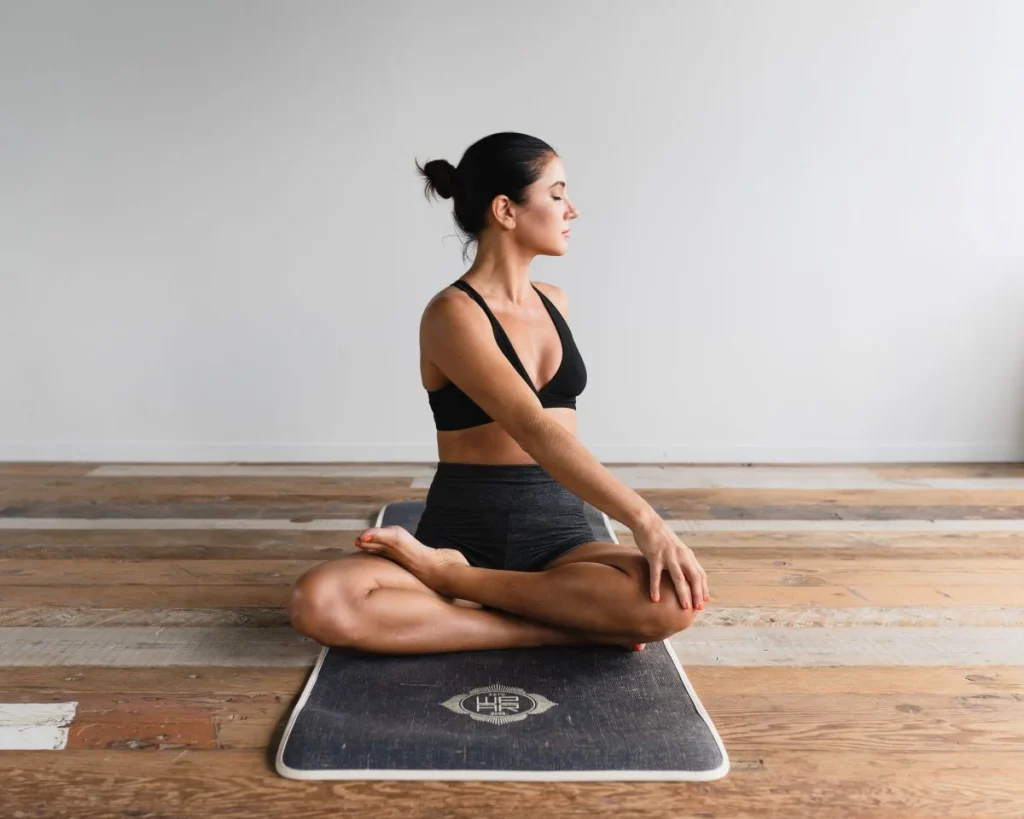
Yoga is an ancient Indian holistic practice that incorporates physical postures, breathing exercises, meditation, and ethical precepts. Its goal is to enhance total happiness and harmony. Individuals improve strength, flexibility, and balance through yoga poses. Breathing exercises help people to control their breathing for better relaxation and attention.
Meditation helps to develop mindfulness and self-awareness. Yoga also promotes ethical concepts for developing healthy attitudes and self-control. It is a philosophy that promotes oneness, compassion, and interconnection. Yoga, which is practiced by people of all ages, increases physical fitness, lowers stress, improves relaxation and attention, and deepens self-connection. It is usually done at studios, community centers, or at home.
Benefits of Doing Yoga
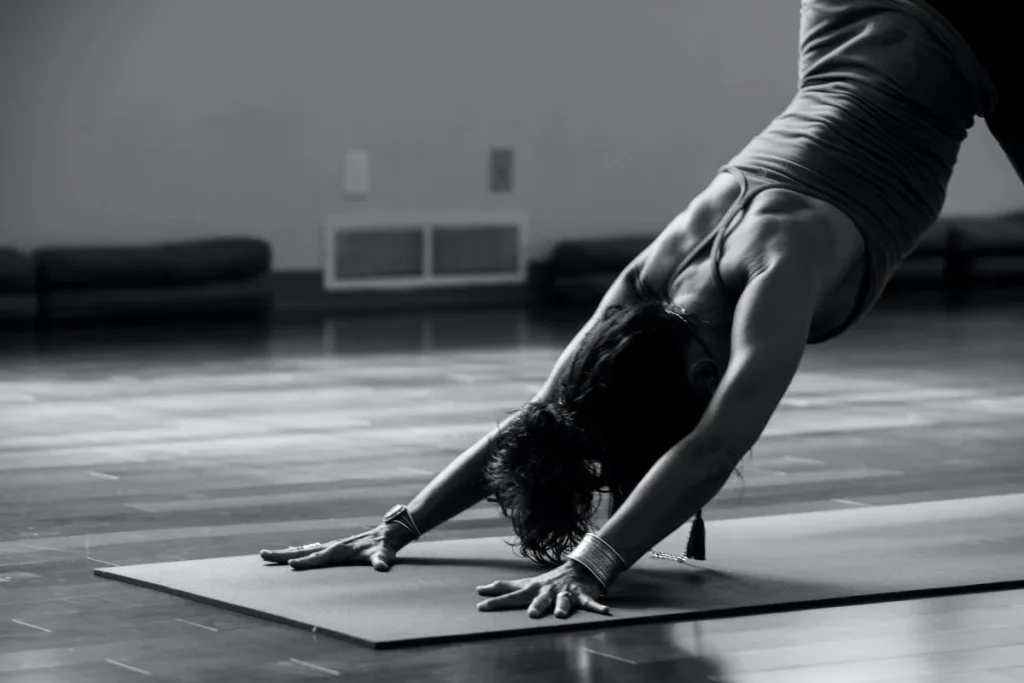
Yoga boosts physical health by focusing on strength, flexibility, balance, and posture, as well as increasing body awareness. It promotes inner calm by reducing stress through breathing techniques, relaxation, and awareness. Yoga practice enhances flexibility, relieves muscle tension, and improves joint mobility. Through conscious awareness of body and breath, yoga improves mental focus, concentration, and cognitive function.
Furthermore, it increases emotional well-being by lowering anxiety, despair, and mood swings, as well as encouraging positivism and self-acceptance. Yoga relaxation practices improve sleep quality by calming the mind and body for a comfortable night’s sleep. Deep breathing exercises increase lung capacity, stress management, and relaxation. Exercises that increase body awareness promote self-care and injury prevention, which leads to general well-being. In yoga, mindfulness cultivates inner peace, tranquility, and contentment.
People gather together, support one another, and feel a feeling of belonging during yoga lessons, which fosters a fantastic sense of community. In conclusion, yoga’s all-encompassing method, which incorporates physical activity, breath awareness, mindfulness, and a caring community, offers a variety of benefits for enhancing physical fitness, mental well-being, emotional balance, and creating social ties.
What Will Happen to Your Body if Practiced Everyday?
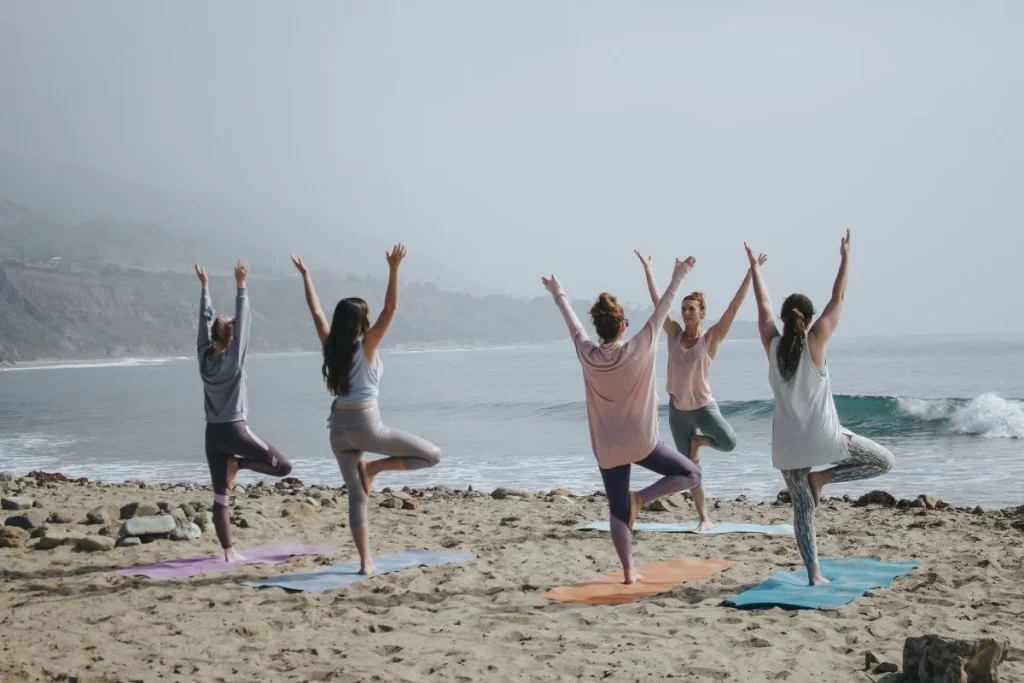
Yoga can provide numerous physical benefits, including increased flexibility, strength, balance, stability, posture, energy, vitality, digestion, stress relief, better sleep, and a stronger connection between your mind and body. It’s important to remember that individual experiences will differ depending on the type of yoga practiced, its intensity, duration, and other factors. Before beginning any new fitness plan, it is best to listen to your body, exercise within your limitations, and get medical counsel.
Yoga for Beginners at Home
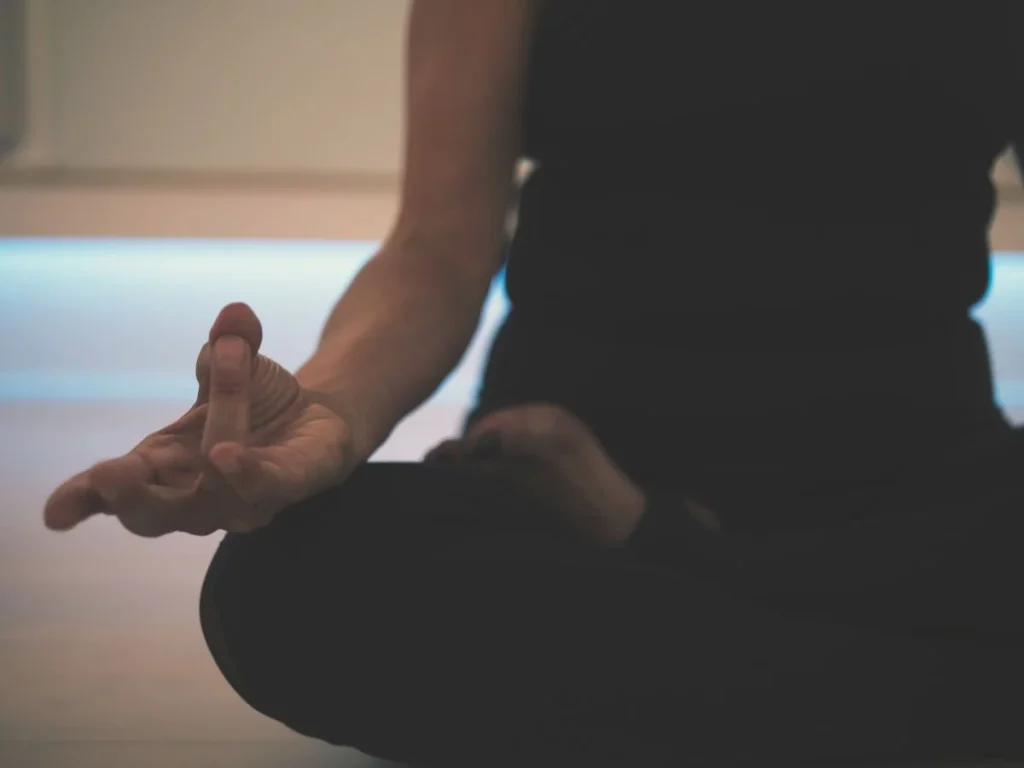
Always listen to your body, alter positions as needed, and respect your limits. Begin with shorter intervals and progressively expand your practice time as you become more comfortable. It’s also a good idea to practice with a skilled yoga teacher or instructional DVDs to guarantee appropriate alignment and technique.
- Transition from Downward Facing Dog to Child’s Pose (Balasana): Lower your knees to the mat, sitting back on your heels. Fold forward, extending your arms in front of you, and rest your forehead on the mat. Breathe deeply and relax your entire body. Child’s Pose encourages relaxation and gentle stretching of the back and hips.
- Stand with feet hip-width apart in Tree Pose (Vrikshasana) and shift your weight onto one foot. Place the sole of your other foot on the inner thigh, above or below the knee (avoid the knee joint). Bring hands to your heart center or extend them overhead to find balance. Repeat on the other side. Tree Pose improves balance, concentration, and stability.
- Savasana (Corpse Pose): Lie on your back on the floor, arms to your sides, palms facing up. Close your eyes and relax your entire body. Allow yourself to fully surrender and let go. Hold this pose for a few minutes, focusing on deep, mindful breathing. Savasana induces deep relaxation and allows the benefits of your practice to integrate.
- Begin in Cat-Cow Pose (Marjaryasana-Bitilasana) on your hands and knees, with wrists under your shoulders and knees under your hips. Inhale, arch your back, lift your head, and gaze upward (Cow Pose). Exhale, round your back, tuck your chin and gaze towards your belly (Cat Pose). Flow through these movements with your breath. This sequence warms up the spine and relieves stress.
- Downward Facing Dog (Adho Mukha Svanasana): From the Cat-Cow Pose, straighten your arms and legs, lifting your hips up and back. Create an inverted V shape with your body. Engage your core, press your palms into the mat, and relax your neck. This pose stretches the body, strengthens the arms and shoulders, and promotes relaxation.
- Tadasana (Mountain Pose): Stand tall with your feet together, grounding through all corners of your feet. Keep your spine straight, and shoulders relaxed, and take deep breaths. This pose improves posture and establishes a strong foundation.
Safety Guidelines on Doing Yoga
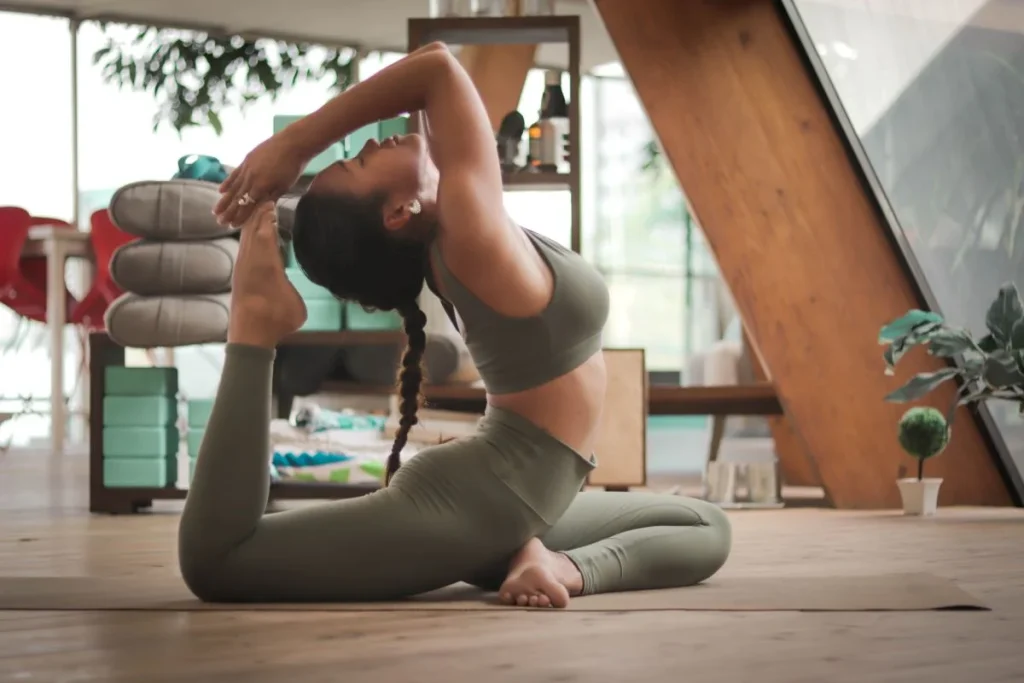
Listen to your body, begin with a warm-up, maintain proper alignment, use props, stay hydrated, breathe mindfully, modify or rest when necessary, notify your instructor of any injuries or conditions, practice on a non-slip surface, and focus on your own progress and growth while respecting your unique journey. At your home subdivision in Cavite, it’s important to remember that these are basic suggestions, and it’s always a good idea to contact a healthcare expert before beginning any new workout regimen, especially if you have pre-existing medical concerns or injuries.
Related Blog: On Starting Yoga as a New Hobby in Your Home


